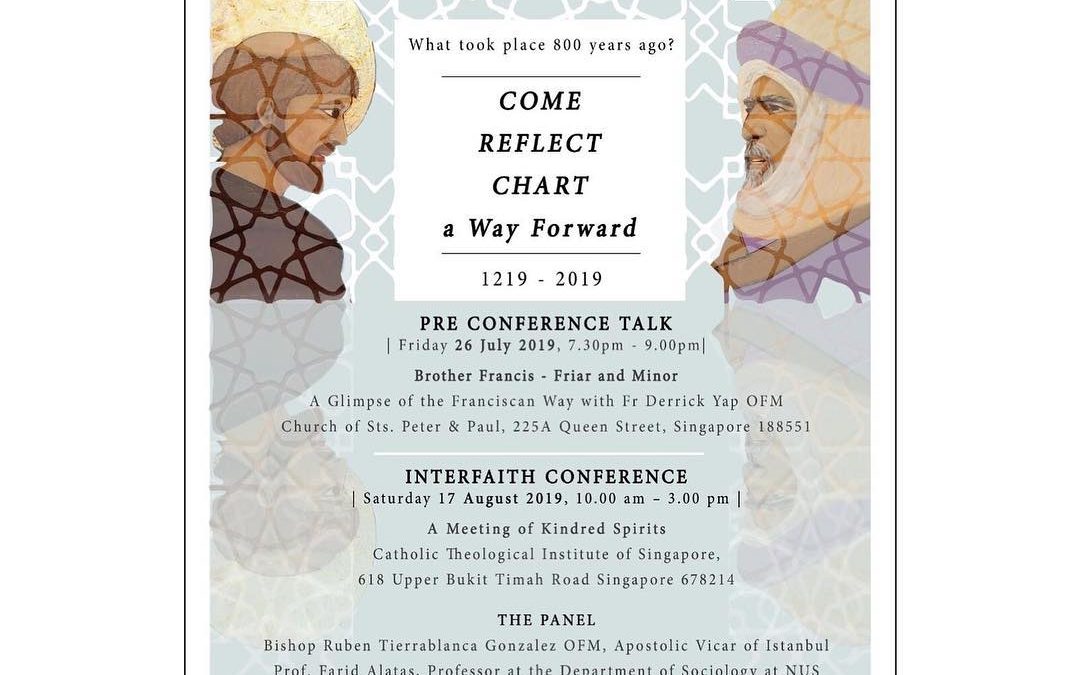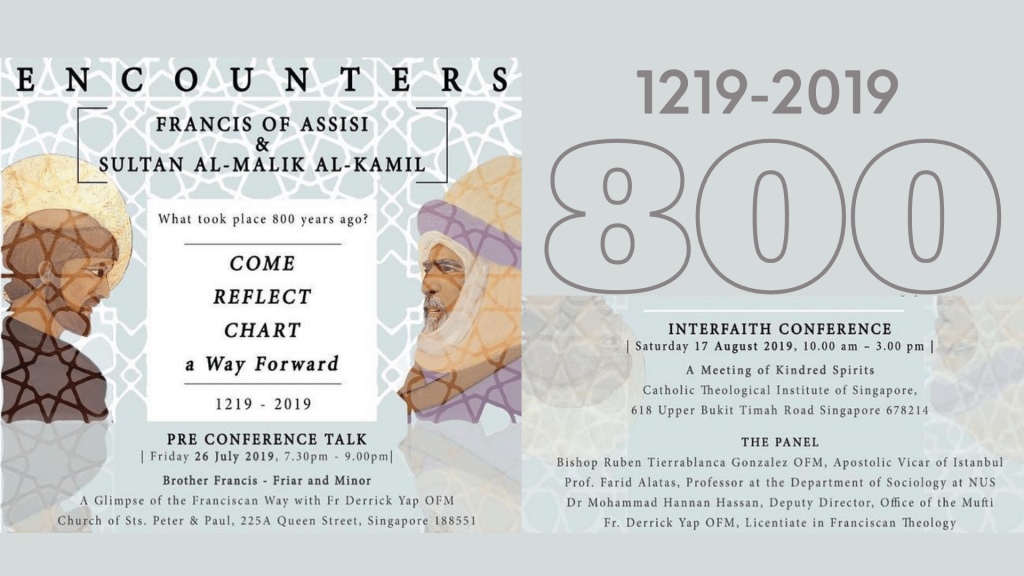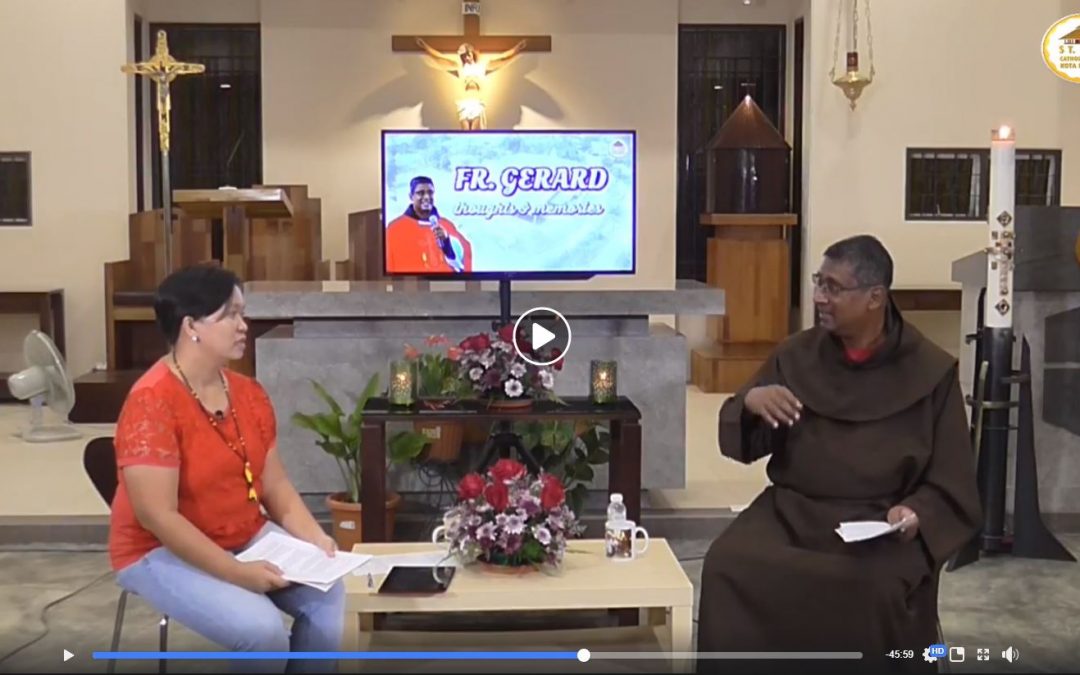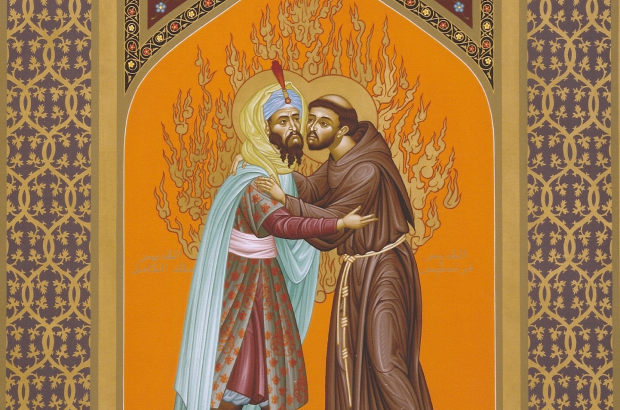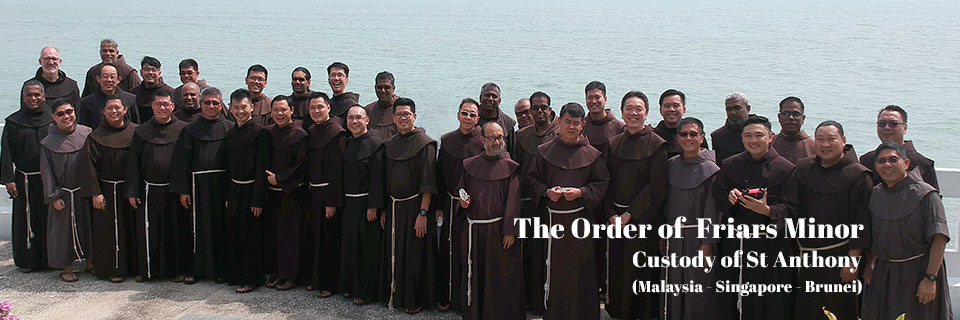The week of 1 – 5 July 2019 saw the gathering of Franciscan Friars from the Custody of St Anthony gathering at the Stella Maris Retreat Centre in the Diocese of Penang.
There were a total of 36 friars from Singapore, Kuching, Johor and Penang, including our friars in formation coming together for a Custody Assembly which is held every three years prior to the Custody Chapter later in the year.
This fraternal assembly included days of intensive discussions both in smaller groups and in plenary, praying together the liturgy of the hours and celebrating the Eucharist, enjoying meals together and a nightly recreation for brothers who are posted in the different regions of Malaysia-Singapore to reconnect and renew bonds.
At this assembly all the friars, including those in formation had equal opportunity to express their views on all matters and were included in the vision and planning for the future of the Franciscan presence in Malaysia and Singapore.
This year, the assembly was held in Penang as an introduction to a new establishment of the friars’ presence in the diocese of Penang. With the warm welcome of Bishop Sebastian Francis, the Franciscan Friars of the Custody of St Anthony established a friary at Tanjong Bunga and assumed the pastoral care of the parish Church of Risen Christ at Air Itam. The assembly at Penang also provided the occasion for the blessing of this new friary after having undergone some minor renovations to accommodate 8 friars.
The friary being near to the College General Seminary of Malaysia has given us the option of availing our own friars in formation some opportunity for initial formation at the seminary. On one of the evenings, the friars boarded a 40 seater bus to head out to the Church of the Risen Christ to visit the parish which is under the pastoral care of the friars. The liturgy of the hours for Evening Prayer was celebrated in the church and followed by dinner at the parish hall. Bishop Sebastian Francis joined the friars for this occasion and had time to catch up and acquaint himself with them.
The occasion provided the diocesan Bishop of Penang to meet the friars informally and which was followed with a Penang classic; a Durian Party with this king of fruits provided by a parishioner who owned a plantation! Like the five loaves and two fish, there was plenty leftover!
As part of the assembly agenda, all ministries undertaken by the friars in Singapore, Kuching, Johor and Penang were presented together with their financials for a review and comment by the friars present.
Reports were given for the last three years and future directions proposed by those in current responsibility for these ministries and offices.
Formation matters which included the different stages of formation for the friars were discussed which was followed by a lively discussion with inputs and reflections coming from the Franciscan seminarians themselves.
These triennium assemblies provide a fraternal base to assess and plan the future of Franciscan life in this part of Asia.
While a number of our friar students provided secretarial backup, many others were involved in the liturgy, hospitality and housekeeping. The process of the assembly resulted in the formulation of resolutions which will be brought to the Custody Chapter in October 2019 for further deliberation, fine-tuning and voted upon by the solemn professed friars.
The democratic process is a feature of the mendicant Order who for the past 800 years has relied upon and with the guidance of the Holy Spirit whom St Francis said is the true Minister General of the Order.
Friar Robin Toha OFM, who is a friar in formation summed up his experience of the assembly thus, “The Custody Assembly was a joyful event, like how an extended family meet for a reunion dinner. Even better, we had not just spent one evening, we spent a week to catch up. Like any family, we have differences and challenges. As a young friar, it is very heartening to witness the spirit of renewal and fraternity that we share. I am proud to be a part of it. If we can be brothers despite the challenges, then we can hope for the bigger community, the church. And if we have hope for the church, we can also have hope for society, for the world.”
